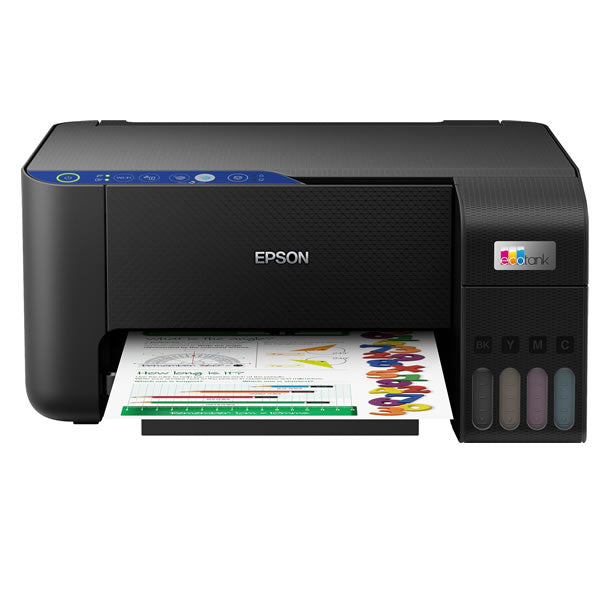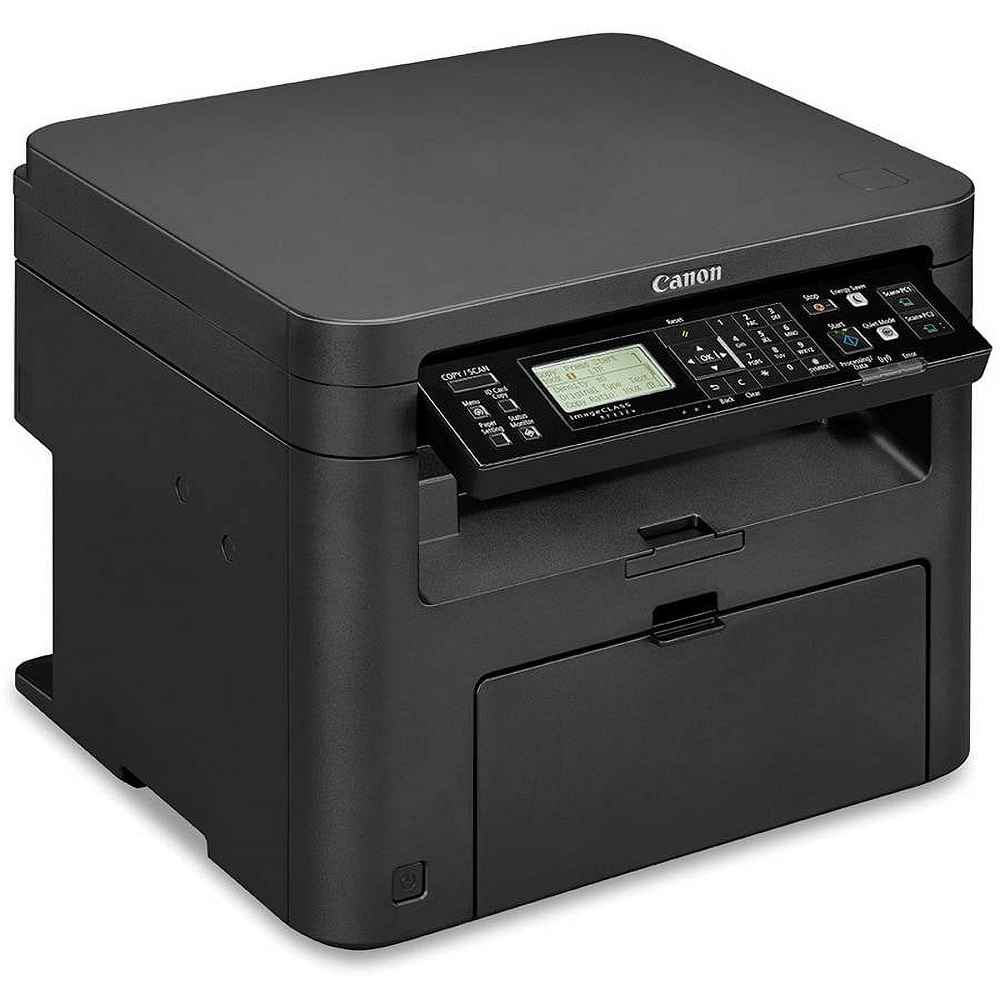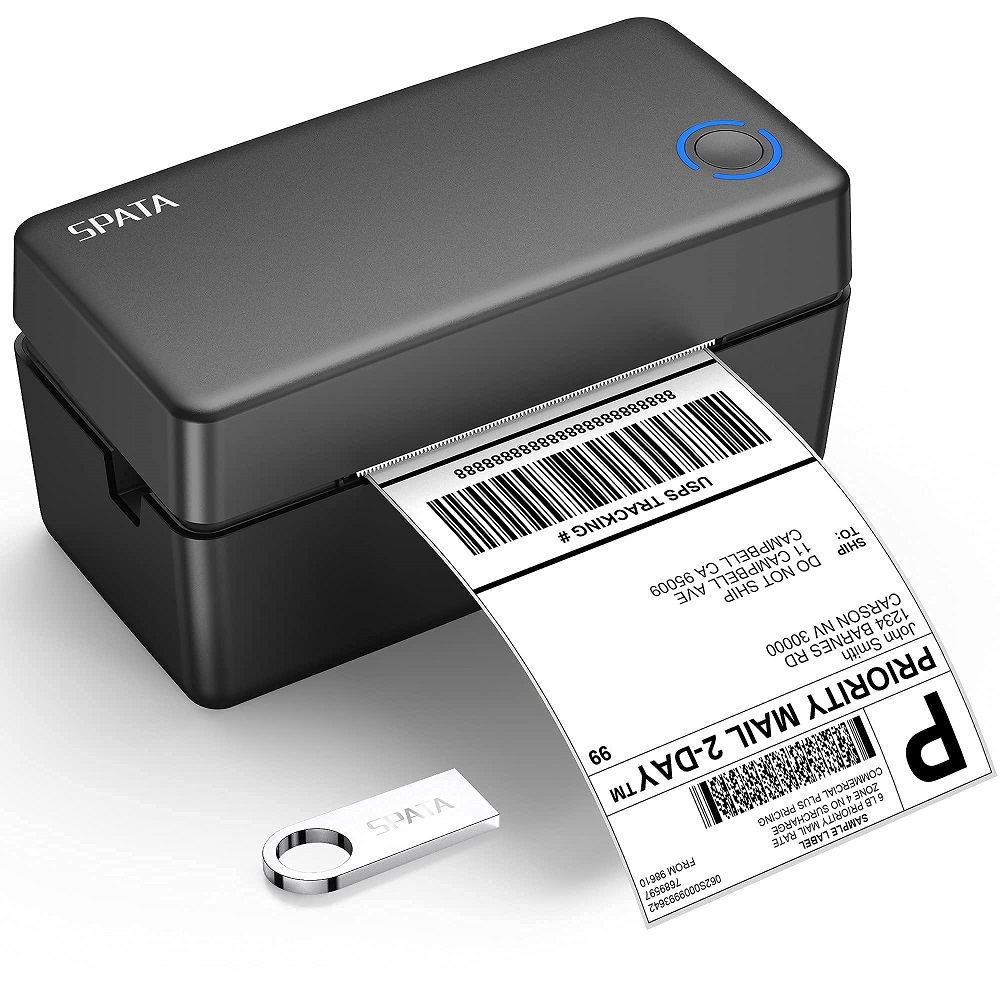Wi-Fi Direct printing has transformed the way we look at printing documents today. Traditional printing methods required a complex setup of cables and devices that often caused hassle and frustration. With its innovative technology, Wi-Fi Direct allows printers to connect directly to devices such as smartphones, laptops, and tablets without the need for a wireless network. This article aims to provide an overview of Wi-Fi Direct printers, explain their advantages, discuss compatibility issues, and provide tips for effective use.

What is Wi-Fi Direct?
Wi-Fi Direct is a technology that enables two devices to create a peer-to-peer network without requiring a traditional wireless access point. It operates similarly to Bluetooth but offers a higher data rate and a broader range. This means that devices can communicate directly with each other, making the process smoother and more efficient.
How It Works
Wi-Fi Direct establishes a connection through a simple process. Both devices must support Wi-Fi Direct technology. Once a user initiates a connection, one device acts as a group owner, while the other connects as a client. The group owner manages the connection. It sets the parameters for sending data and ensures secure communication.
Benefits of Using Wi-Fi Direct
The primary benefit of Wi-Fi Direct technology is its simplicity. Users do not have to deal with complicated network setups or configurations. Initially, the connection process may seem slightly daunting to new users, but it’s designed to be straightforward. Most devices will prompt the user to allow connections, making it easy to approve or deny requests.
Another essential advantage of Wi-Fi Direct is speed. Unlike traditional Bluetooth, which is relatively slow, Wi-Fi Direct allows for faster data transfers. This is particularly beneficial when printing large files or high-resolution images. Additionally, its ability to connect multiple devices at once can streamline printing tasks in busy environments, such as offices.
Advantages of Wi-Fi Direct Printers
Wi-Fi Direct printers offer numerous advantages, making them increasingly popular among users. Below are some of the key benefits that users can enjoy by switching to a Wi-Fi Direct printer.
Ease of Use
One of the standout benefits of a Wi-Fi Direct printer is its ease of use. Users can print directly from their smartphones or tablets without needing to install drivers or software. Most modern devices come equipped with built-in printing capabilities. Users can send print jobs directly from their applications.
This simplicity eliminates many of the complications often faced with traditional printers. Users can quickly get their work done without diverting their attention or getting frustrated with technical issues. This simplicity is particularly appealing to non-technical users or those who may not have the time or desire to troubleshoot networking issues.
Portability
Wi-Fi Direct printers are also more portable than traditional printers. Many of these printers are compact and easy to move. This makes them perfect for remote work setups or home office configurations. Users can even bring them to meetings or events to print on the go.
The lightweight nature of most Wi-Fi Direct printers also adds to their appeal. Users can set them up in various locations without needing a complicated network setup. This leads to more flexibility in how and where printing tasks can be carried out, accommodating different work styles and environments.
Cost-Effectiveness
Investing in a Wi-Fi Direct printer can result in long-term savings. Traditional printers often require a series of expensive cables, wireless routers, and print servers for connectivity. However, with a Wi-Fi Direct printer, these additional costs are largely eliminated. Users can enjoy direct connections without incurring extra expenses.
Moreover, many Wi-Fi Direct printers are designed to be energy-efficient, helping to lower operational costs. This leads to cost savings over time, which can be particularly beneficial for businesses that rely on frequent printing. The reduced need for physical hardware and wiring is a financial plus that many businesses appreciate.
Compatibility and Connectivity
One aspect of Wi-Fi Direct printers that users should consider is compatibility. While Wi-Fi Direct is becoming a standard feature, not all devices and printers support it. Therefore, checking compatibility before purchasing is essential.
Device Compatibility
Most modern smartphones, tablets, and laptops come equipped with Wi-Fi Direct capabilities. However, older models may lack this feature. Therefore, users should verify whether their devices can use Wi-Fi Direct technology. A quick check in the device settings can confirm availability.
Printer Compatibility
Just as users must verify their devices, checking printer compatibility is equally important. Many of today’s printers come with Wi-Fi Direct technology built-in. However, older printers may not support this feature. Users must consult the manufacturer’s specifications to determine if a printer is Wi-Fi Direct compatible.
How to Check Compatibility
Users can look for an official Wi-Fi Direct logo on devices and printers to ensure compatibility. Additionally, users can check the manufacturer’s website or user manual to find specific information about Wi-Fi Direct capabilities. By researching beforehand, users can avoid the disappointment of purchasing incompatible devices.
Setting Up a Wi-Fi Direct Printer
Setting up a Wi-Fi Direct printer is straightforward. However, specific steps may vary depending on the printer model and the devices being used. Below is a general guideline for establishing a connection.
Step-by-Step Connection Guide
- Turn on the Printer: Start by powering on the printer. Check that it is in Wi-Fi Direct mode. This option is usually found under the network settings menu.
- Enable Wi-Fi Direct on Your Device: On your smartphone, tablet, or laptop, navigate to the Wi-Fi settings and enable Wi-Fi Direct. The device will start searching for nearby devices.
- Connect to the Printer: Once your device detects the printer, select it from the list of available connections. The printer may display a passcode. Enter this code on your device to confirm the connection.
- Start Printing: After the connection is established, open the document or image you wish to print. Select the print option and choose your Wi-Fi Direct printer from the available options. Ensure all settings (such as paper size and quality) are correctly set before finalizing the print job.
Troubleshooting Connection Issues
While the connection process is generally seamless, users may encounter issues. If your device fails to find the printer, the following troubleshooting steps may help.
- Restart Both Devices: Sometimes, simply restarting the printer and the device can resolve connectivity issues.
- Check for Interference: Other electronic devices can interfere with the Wi-Fi Direct signal. Ensure no obstructions are causing disruptions.
- Update Firmware: Ensure both the printer and device have the latest software or firmware updates. Manufacturers often release updates that enhance connectivity.
- Review Wi-Fi Direct Settings: Double-check the Wi-Fi Direct settings on both devices to confirm proper configurations.
Printing Options and Features
Wi-Fi Direct printers come equipped with various features that enhance the printing experience. Understanding these options can help users maximize their productivity.
Mobile Printing Capabilities
Many Wi-Fi Direct printers support mobile printing. This feature allows users to print directly from their smartphones or tablets without needing additional software. Popular apps such as Apple AirPrint and Google Cloud Print make it simple for users to send print jobs from their devices.
This convenience means users can print from virtually anywhere, eliminating the need to be physically present at the printer. It also allows for greater flexibility in completing tasks, particularly in busy households or office environments.
Quality and Speed
When evaluating a Wi-Fi Direct printer, users should consider print quality and speed. Options vary widely among models, so checking the printer specifications is essential. Features like high-quality color printing and fast print speeds can significantly impact productivity.
For businesses that frequently print high-resolution images or documents, investing in a model that offers superior quality is crucial. Taking the time to research printers can lead to long-term benefits in operational efficiency.
Eco-Friendly Features
Many modern Wi-Fi Direct printers come equipped with eco-friendly features. Options like double-sided printing reduce paper usage and can lead to significant cost savings. Energy-saving modes can lower electricity consumption, benefiting both the environment and your pocketbook.
By choosing a printer with eco-friendly capabilities, users contribute to sustainability efforts. This is particularly important for businesses looking to reduce their carbon footprints.
Security Concerns with Wi-Fi Direct Printing
While Wi-Fi Direct offers convenience, it’s crucial to address the associated security concerns. As with any wireless technology, vulnerabilities can arise. Understanding these concerns will help users take proper precautions.
Risks of Open Connections
One significant risk is the potential for unauthorized users to connect to the printer. If a Wi-Fi Direct printer is set to allow open connections, anyone within range could send print jobs. This could lead to sensitive documents being printed without the owner’s approval.
Security Measures to Employ
To mitigate these risks, users should enable password protection whenever possible. This ensures that only authorized devices can connect to the printer. Additionally, it’s advisable to regularly change passwords and utilize updated firmware to protect against vulnerabilities.
Regular Software Updates
Manufacturers frequently issue software updates that fix security vulnerabilities. Users should regularly check for updates on both the printer and their connected devices. Keeping everything up to date can help safeguard against potential threats.
Common Use Cases for Wi-Fi Direct Printing
Wi-Fi Direct printers are versatile and can be used in various environments. Below are some common scenarios where these printers offer significant benefits.
Home Use
For households with multiple users, a Wi-Fi Direct printer can simplify document printing. Family members can easily print from their devices without needing to connect to a home network. This convenience can be particularly useful for families with school-aged children needing to print assignments or projects.
Business Applications
In an office setting, the ability for multiple employees to connect to a single printer quickly is invaluable. Wi-Fi Direct printers can accommodate a busy working environment, allowing employees to send documents directly to the printer without network complications.
Moreover, businesses can set up printers in different departments and connect employees directly via Wi-Fi Direct. This reduces the need for complicated setups and improves workflow efficiency.
Events and Conferences
Wi-Fi Direct printers are also great for temporary setups at events. Conference organizers can easily bring printers for attendees to use. Anyone with a laptop or smartphone can print materials, presentations, or other documents on demand. The flexibility and mobility offered by Wi-Fi Direct printers make them ideal for such occasions.
Future Trends in Wi-Fi Direct Printing
As technology continues to advance, we can expect to see several exciting developments in the world of Wi-Fi Direct printing. These changes will potentially enhance user experience and broaden the scope of applications.
Advanced Connectivity Features
One trend to watch is the potential for more advanced connectivity features. Future Wi-Fi Direct printers may incorporate smart technology, allowing them to recognize devices automatically. This would make the connection process even simpler for users.
Integration with IoT Devices
With the rise of the Internet of Things (IoT), it’s plausible that printers will become more integrated with smart home networks. This could allow users greater control over their printing tasks through voice commands or mobile applications. By integrating more with other devices, printing processes could become further streamlined.
Increased Security Protocols
As security concerns continue to grow, manufacturers will likely prioritize the development of more robust security protocols for Wi-Fi Direct printers. This can involve encryption methods that protect data during transmission, ensuring that sensitive information remains confidential.
Eco-Friendly Innovations
The push towards sustainability will also likely influence future printer designs. As consumers become more conscious of environmental issues, manufacturers will likely focus on creating more eco-friendly models. Innovations may include using sustainable materials and energy-efficient components.
Conclusion
Wi-Fi Direct printers represent a significant step forward in printing technology. Their ease of use, portability, and cost-effectiveness make them an attractive option for both home and business users. As technology continues to evolve, we can anticipate additional features and improvements that will enhance the overall printing experience.
Adopting Wi-Fi Direct printing can lead to better productivity, streamlined workflows, and an enjoyable user experience. Understanding compatibility, security concerns, and optimal practices can empower users to make informed decisions. By staying updated with emerging trends, users can leverage the full potential of Wi-Fi Direct printers. Whether you are a casual user or a business professional, Wi-Fi Direct printing offers convenience and efficiency that are hard to beat.



Leave a Reply